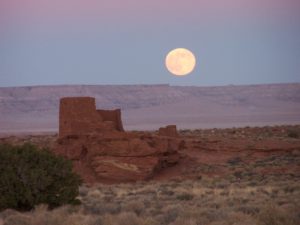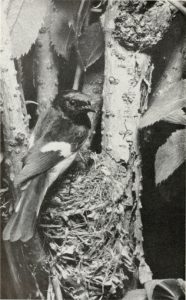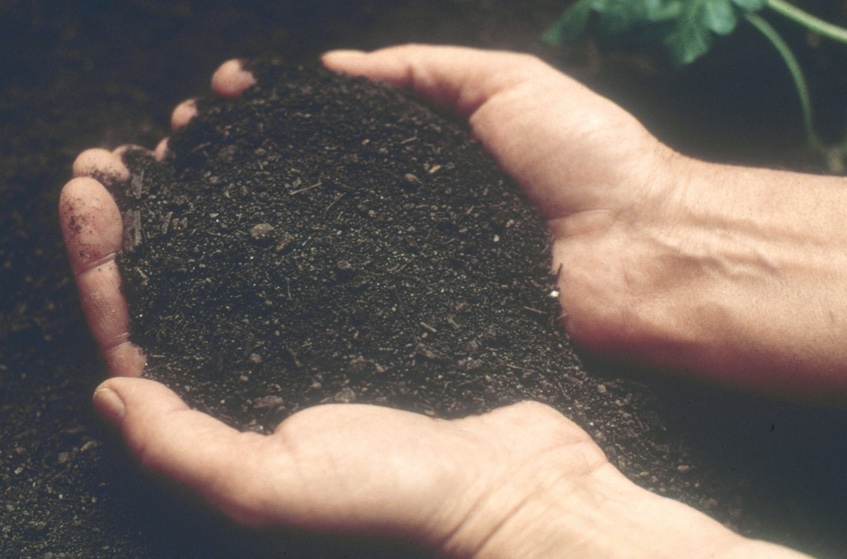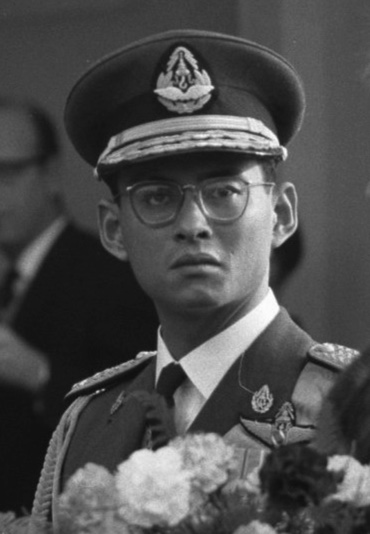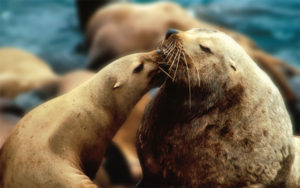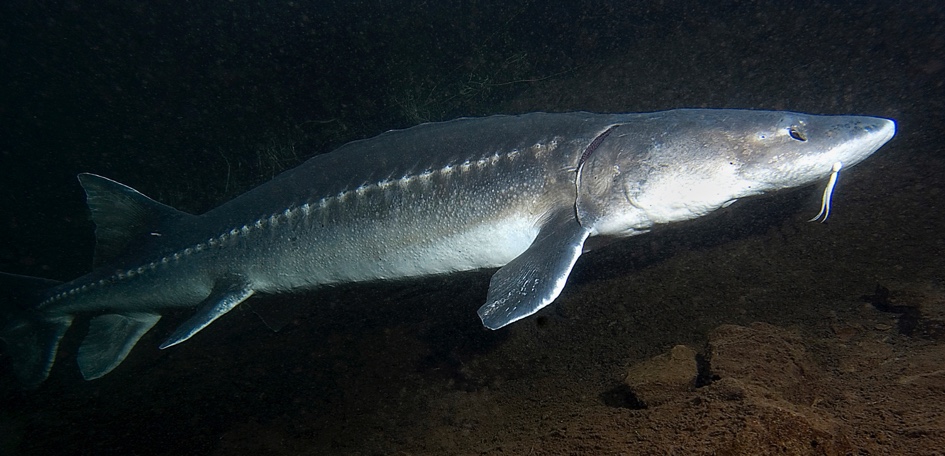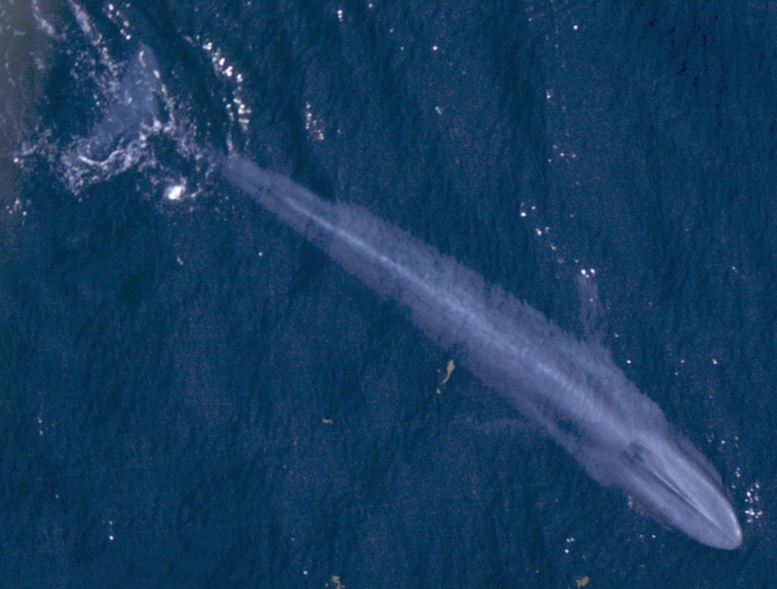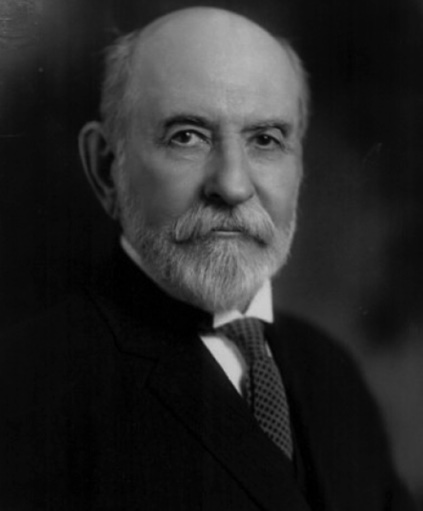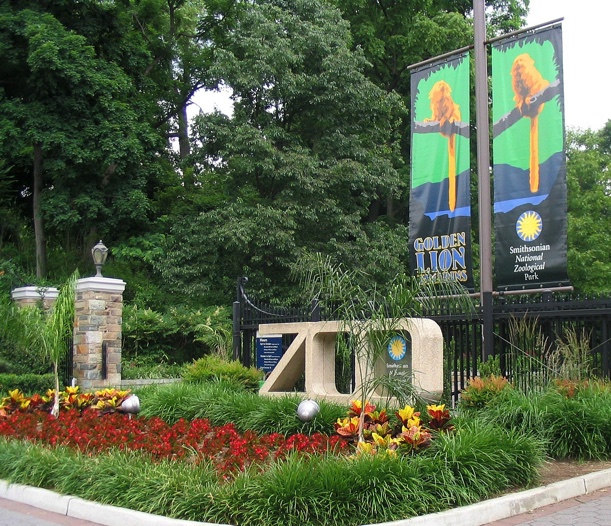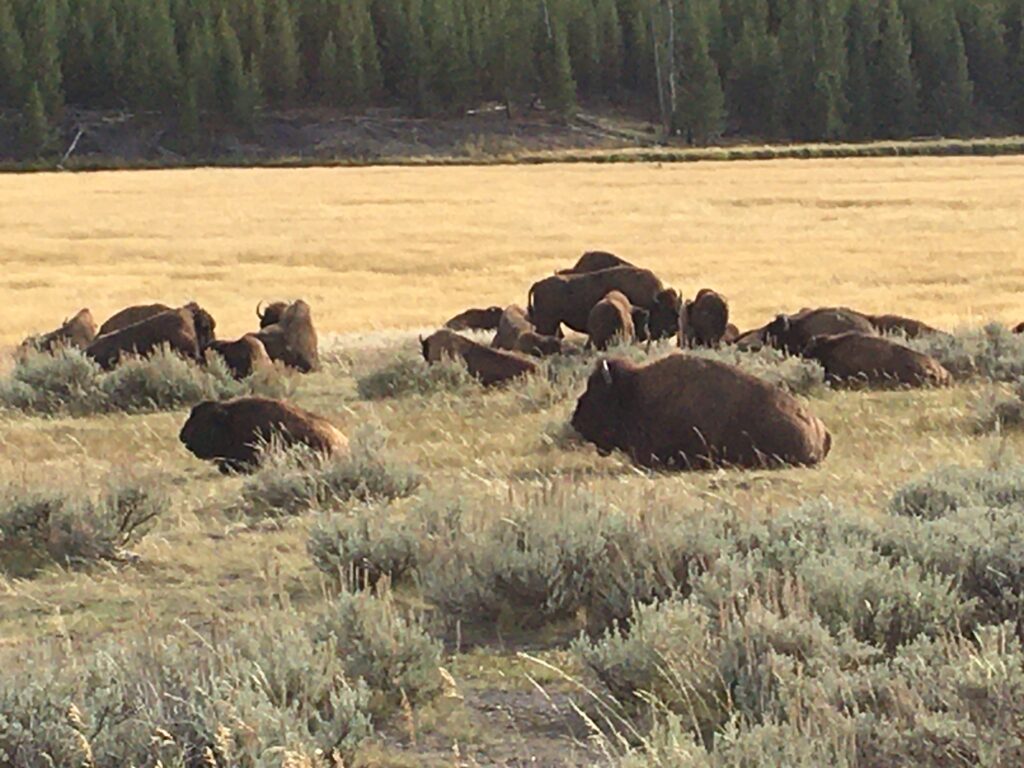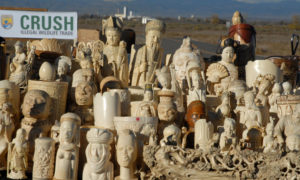When Wikipedia lists a person born on December 10 as a “composer and ornithologist,” the entry deserves some further research. And so, today, I report on the life of Olivier Messiaen, French composer and ornithologist, born this day in 1908 (died 1992).
Messiaen was born in Paris of educated parents. That he was a musical prodigy became apparent soon. By age 7, he was composing; at age 11, he entered the Paris Conservatory of Music. He became a skilled organist and, at the end of his studies in 1930, became the principal organist for the Church of the Trinity in Paris. He kept that position for the next 40 years, along with a long list of related teaching, composing and conducting commissions in France and around the world (for example, he wrote an orchestral piece for the American bi-centennial based on a visit to Bryce Canyon National Park).
He fought in World War II and was captured and imprisoned by the Nazis in a Polish war camp during 1940-1941. While there, he composed what is considered his most important work, Quartet for the End of Time, which he and three others performed for 5,000 prisoners. “Never,” he said later, “had I been listened to with such attention and understanding.”
Messiaen himself was a great listener, especially to nature. He was always enchanted by birdsong, and he spent much of his time outdoors listening to birds and recording their song. He often said that birds were the earth’s first musicians, and the best. He could identify nearly any bird in Europe and many from other locations by their songs. Although having no academic or scientific credentials in ornithology, he grew to be considered one of the world’s authorities on bird vocalization in the 20th Century.
He incorporated what he heard into his compositions. His music includes the songs of more than 250 birds. In one piece, Chonochromie, composed in 1960, he scored 18 violin parts, each playing the song of a different bird, all at the same time. During a rehearsal for this complicated piece, one performer was said to throw a shoe at Messiaen out of frustration! Some compositions feature birdsong, but one in particular—his Catalogue of the Birds, composed for solo piano in 1958—is entirely built from birdsong. Writing in The Atlantic, Matthew Gurewitsch described what Messiaen could do with the music of birds:
“Birdsong moves faster than human fingers; the first thing to go when an instrumentalist mimics a bird is tempo. Also, Western melodies are strung together from notes, well-defined pitches neatly arrayed on scales. Birds sing microtones. They phrase in arabesques that swoop and glide. Their staccato “notes” are more like jagged shards than human musicians’ points and beads of sound. The timbres and attacks are often energetic to the point of harshness, yet to our ears in the wild they may sound ineffably sweet. For the piano and for instruments of the orchestra Messiaen invented ways of clustering and combining notes to produce, often with uncanny verisimilitude, an impression of the real thing. Call it trompe-l’oreille.”
Messiaen was not always appreciated but by the last decades of his life, he had become known as one of the century’s greatest composers. And a true conservationist.
References:
Gurewitsch, Matthew. 1997. An Audubon in Sound. The Atlantic, March 1997. Available at: https://www.theatlantic.com/magazine/archive/1997/03/an-audubon-in-sound/376810/. Accessed December 120, 2017.
Kozinn, Allan. 1992. Olivier Messiaen, Composer, Dies at 83. The New York Times, April 29, 1992. Available at: http://www.nytimes.com/1992/04/29/arts/olivier-messiaen-composer-dies-at-83.html?pagewanted=all. Accessed December 10, 2017.
McComb, Todd. Olivier Messiaen. All Music. Available at: https://www.allmusic.com/artist/olivier-messiaen-mn0001528006/biography. Accessed December 10, 2017.

